Science News

Dark Matter Flies Ahead of Normal Matter in Mega Galaxy Cluster Collision
Maunakea, Hawaiʻi – Astronomers have untangled a messy collision between two massive clusters of galaxies in which the clusters’ vast …
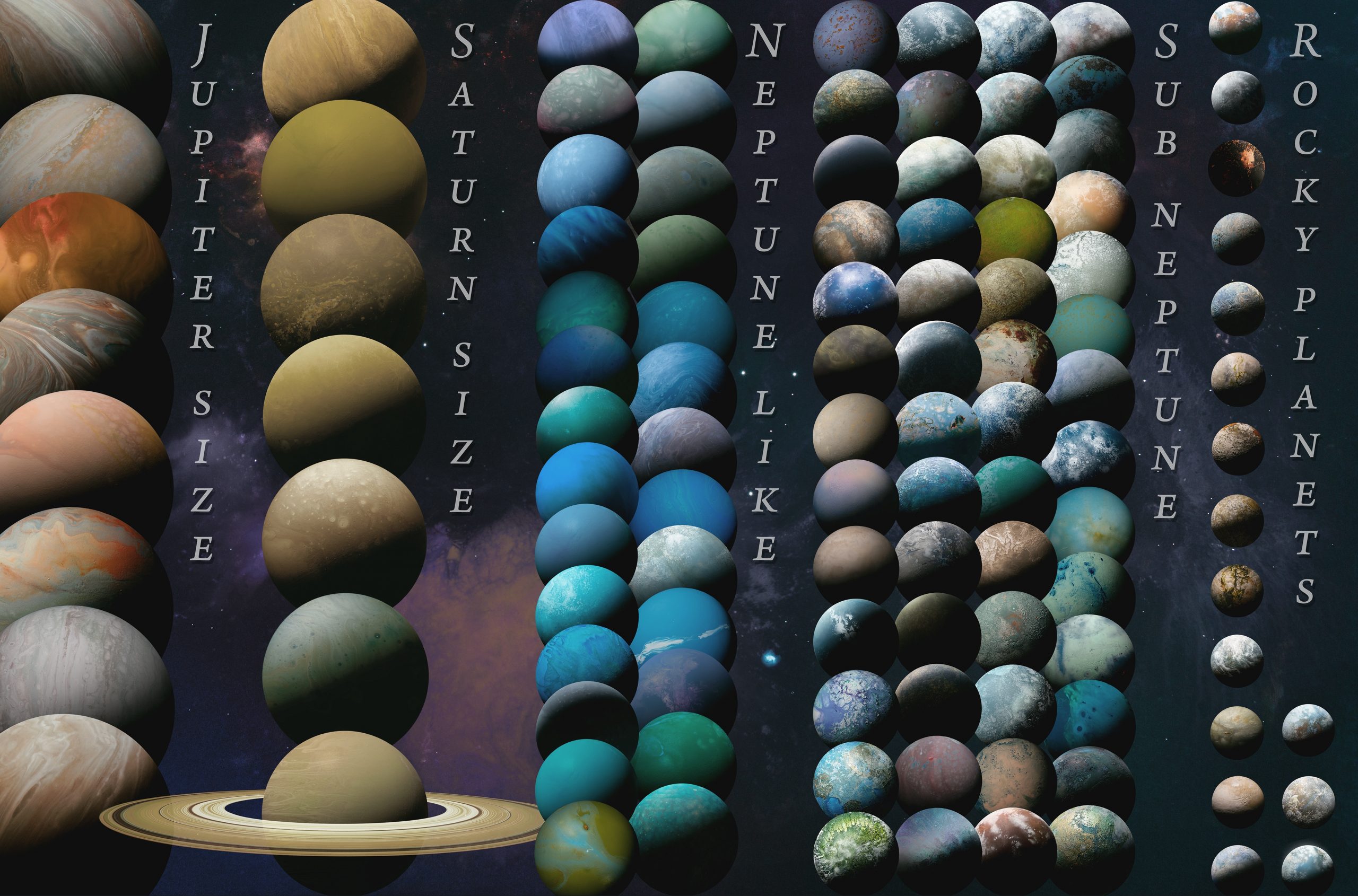
New Catalog Showcases a Diverse Exoplanet Landscape with Strange, Exotic Worlds
A new, robust catalog is out featuring 126 confirmed and candidate exoplanets discovered with the National Aeronautics and Space Administration …
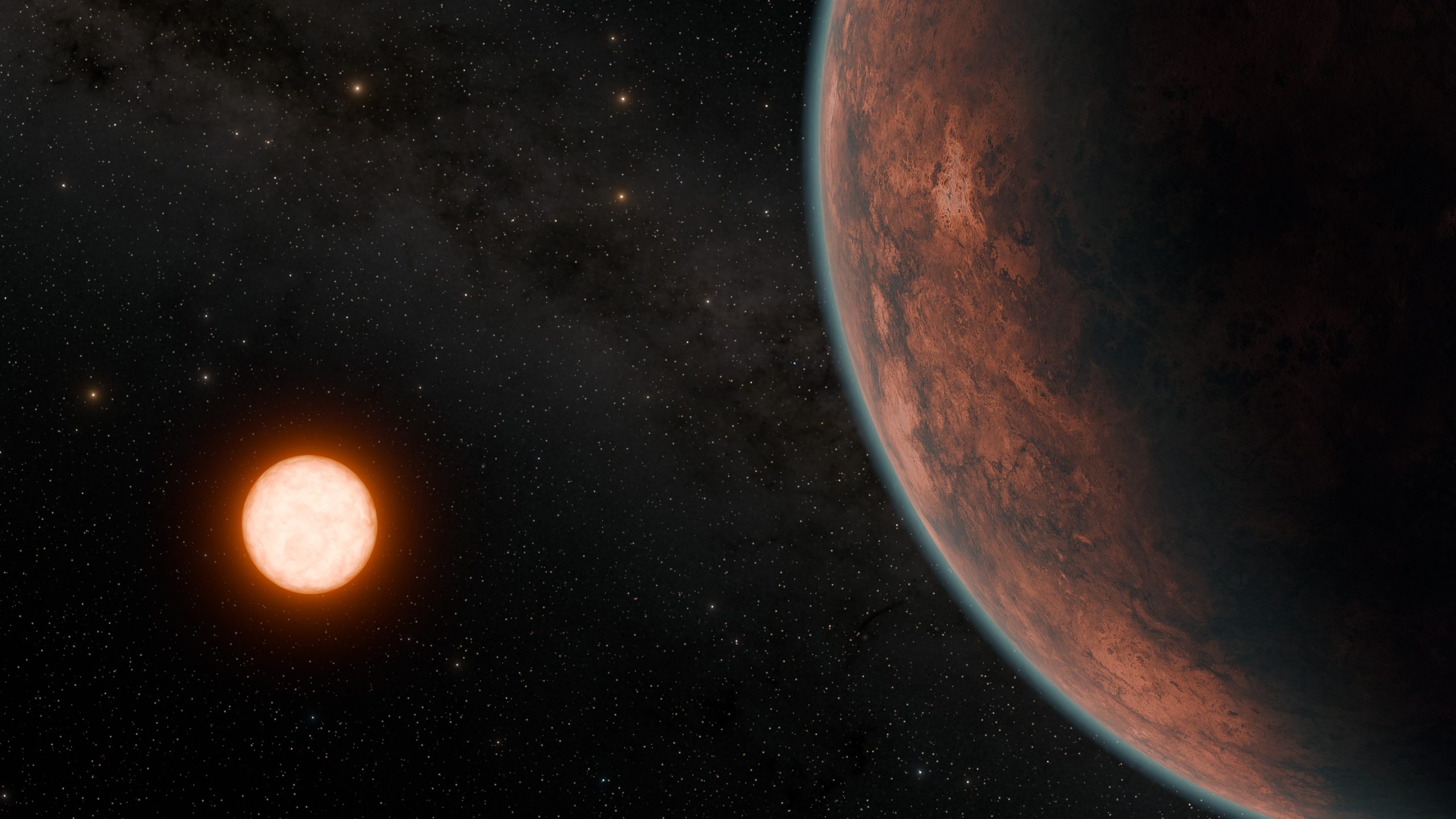
Earth Twin or Evil Twin
Maunakea, Hawaiʻi – The discovery of a planet similar in size to Venus that’s orbiting a star in the neighborhood …
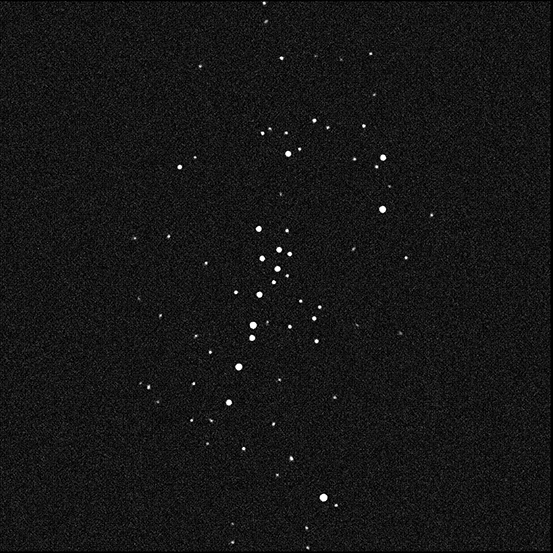
Faintest Known Star System Orbiting the Milky Way Discovered from Hawaiʻi
Maunakea, Hawaiʻi – A team of astronomers led by the University of Victoria and Yale University has detected an ancient …
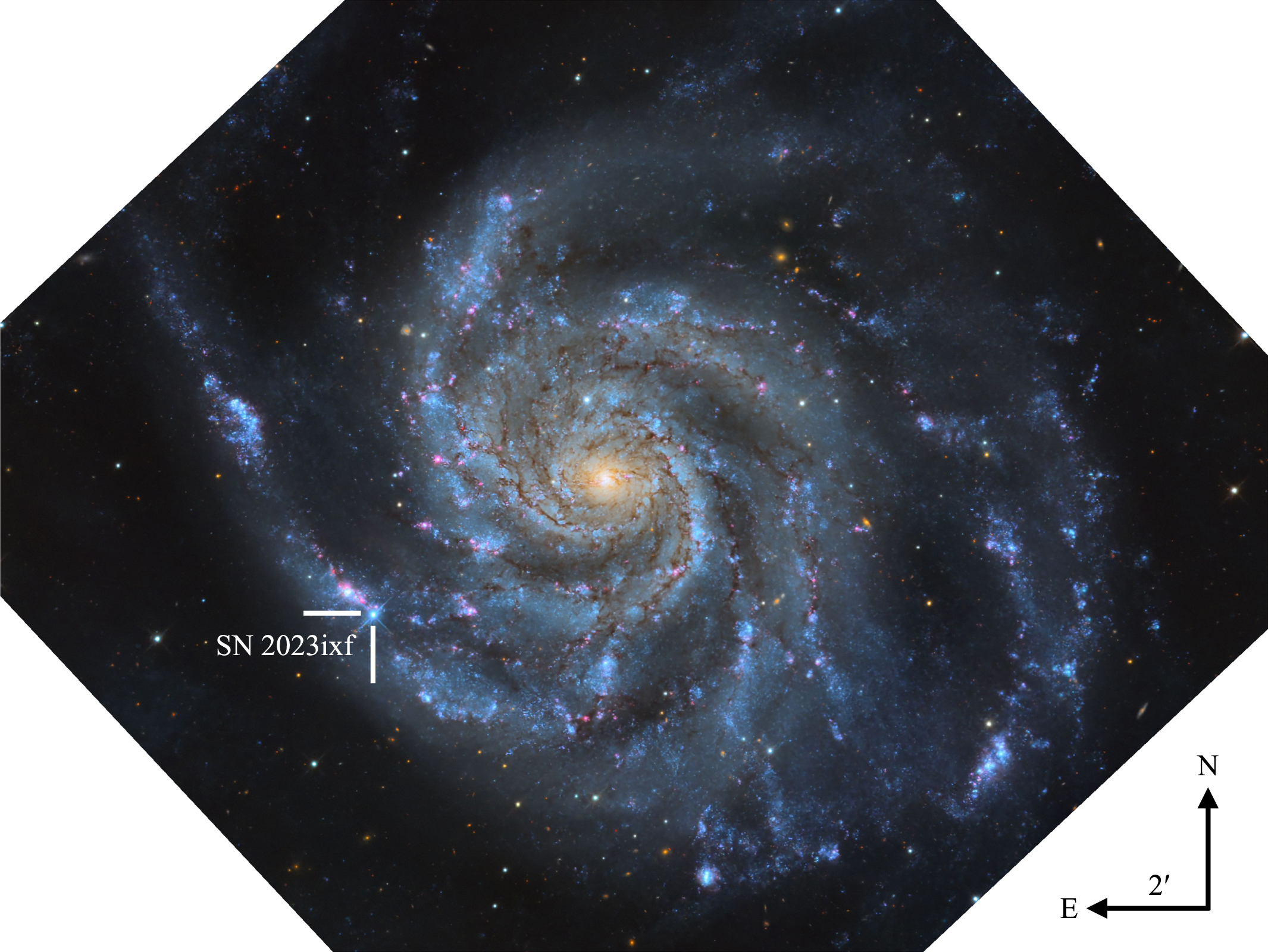
A Hundred Million Suns
Maunakea, Hawaiʻi – Accounts of supernovae – exploding stars – go back thousands of years, and while we know today …
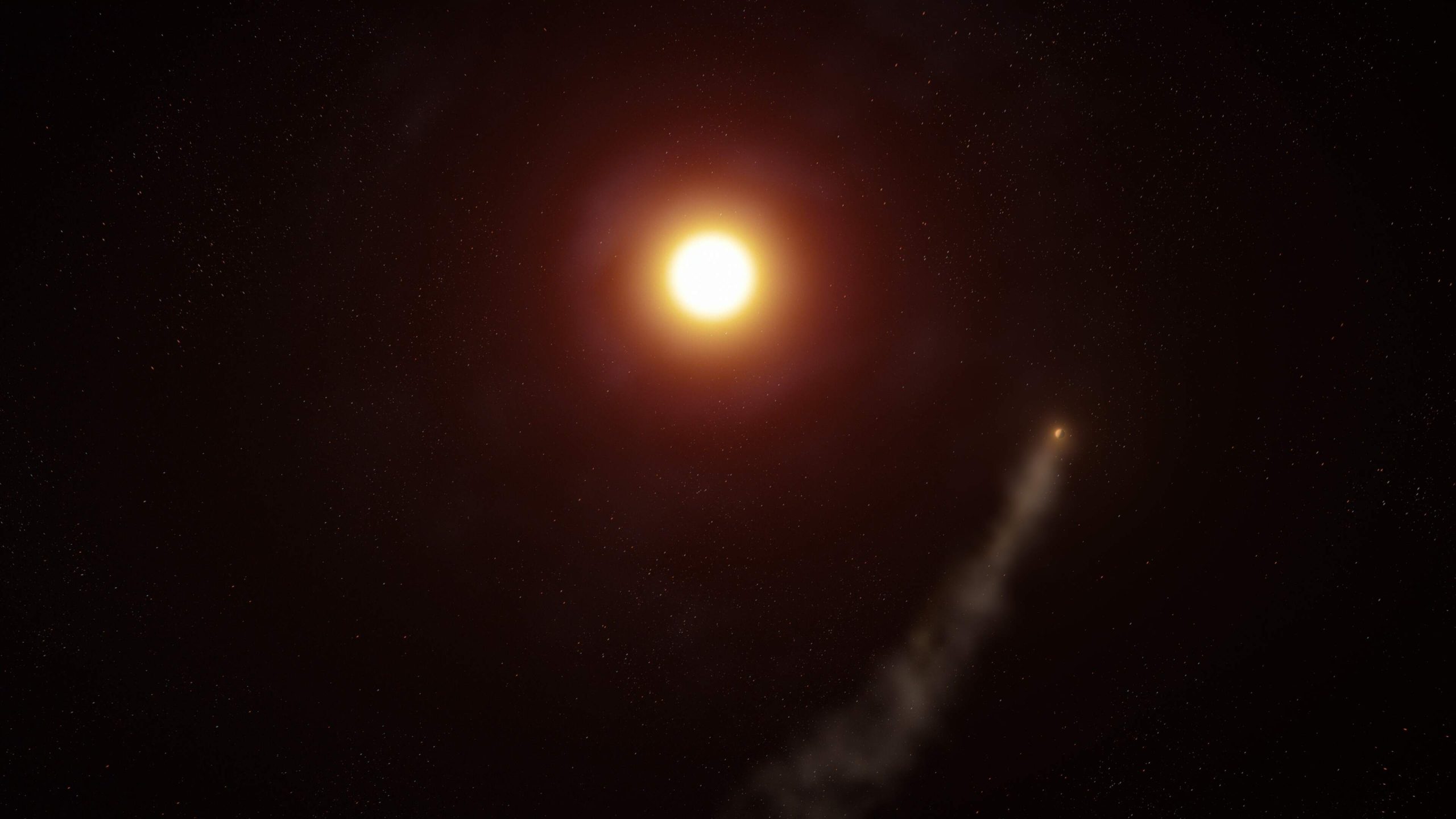
WASP-69b: New Images Reveal Exoplanet’s Comet-Like Tail is Surprisingly Longer Than Previously Observed
Maunakea, Hawai‘i – New data from W. M. Keck Observatory on Maunakea, Hawaiʻi Island confirms exoplanet WASP-69b, known for its …
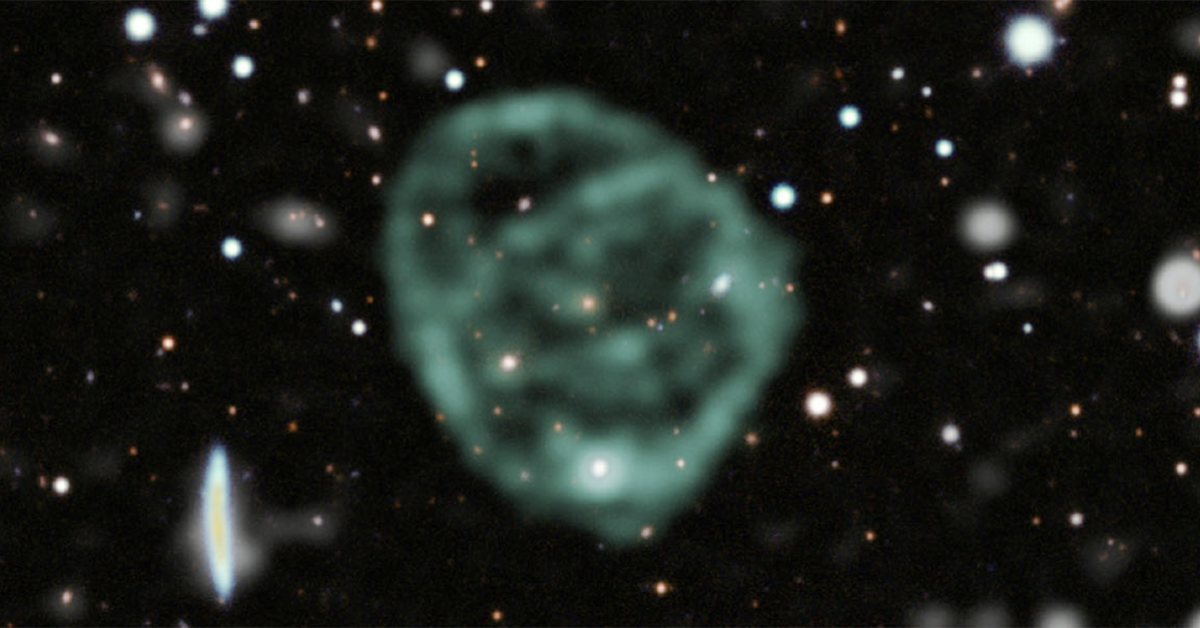
Space Oddity: Uncovering the Origin of the Universe’s Rare Radio Circles
Written by Michelle Franklin, APRDirector of Communications, Physical Sciences at University of California, San Diego Maunakea, Hawai‘i– It’s not every …

Strange New Luminous Fast Blue Optical Transient has Astronomers in Awe
Maunakea, Hawai‘i – Astronomers are baffled by a series of strange, extremely bright repetitive flares that lasted for months – …
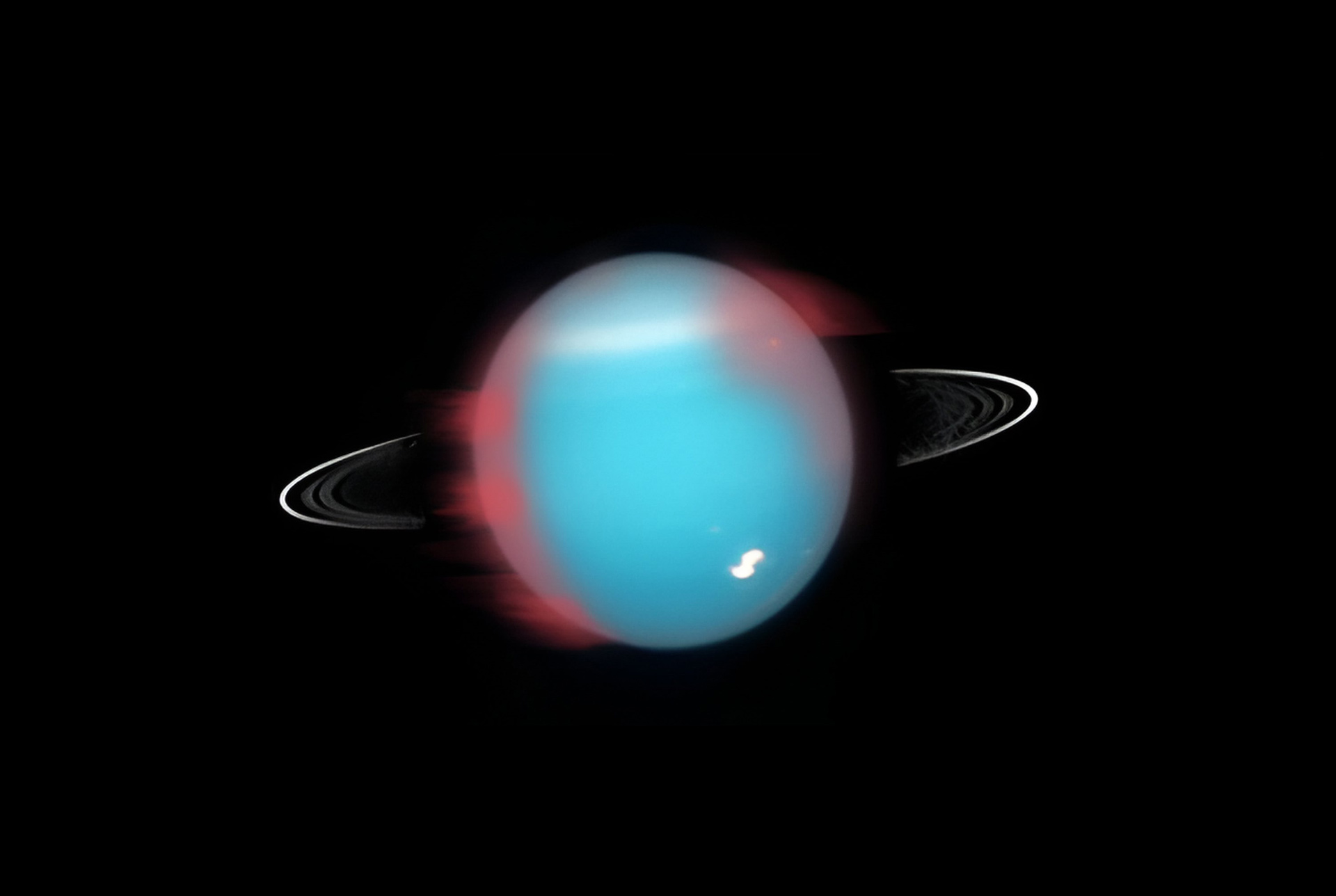
Uranus Aurora Discovery Offers Clues to Habitable Icy Worlds
Maunakea, Hawaiʻi – The presence of an infrared aurora on the cold, outer planet of Uranus has been confirmed for …
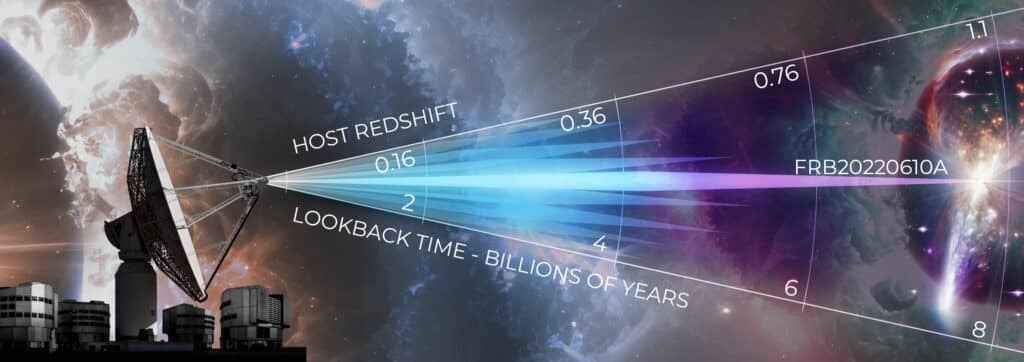
Record-breaking Fast Radio Burst is Most Distant Ever Detected
Maunakea, Hawaiʻi – Scientists have discovered an eight-billion-year-old fast radio burst (FRB) – the most ancient and distant located to …

Cosmic Web Lights Up in the Darkness of Space
Keck Cosmic Web Imager Offers Best Glimpse Yet of the Filamentous Network That Connects Galaxies Maunakea, Hawaiʻi – Like rivers …
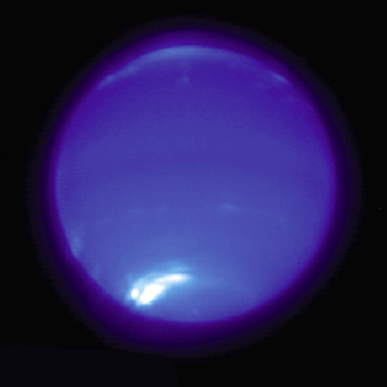
Clouds On Neptune Perform a Surprise Disappearing Act
Maunakea, Hawaiʻi – For the first time in nearly three decades of observations, clouds seen on Neptune have all but …

